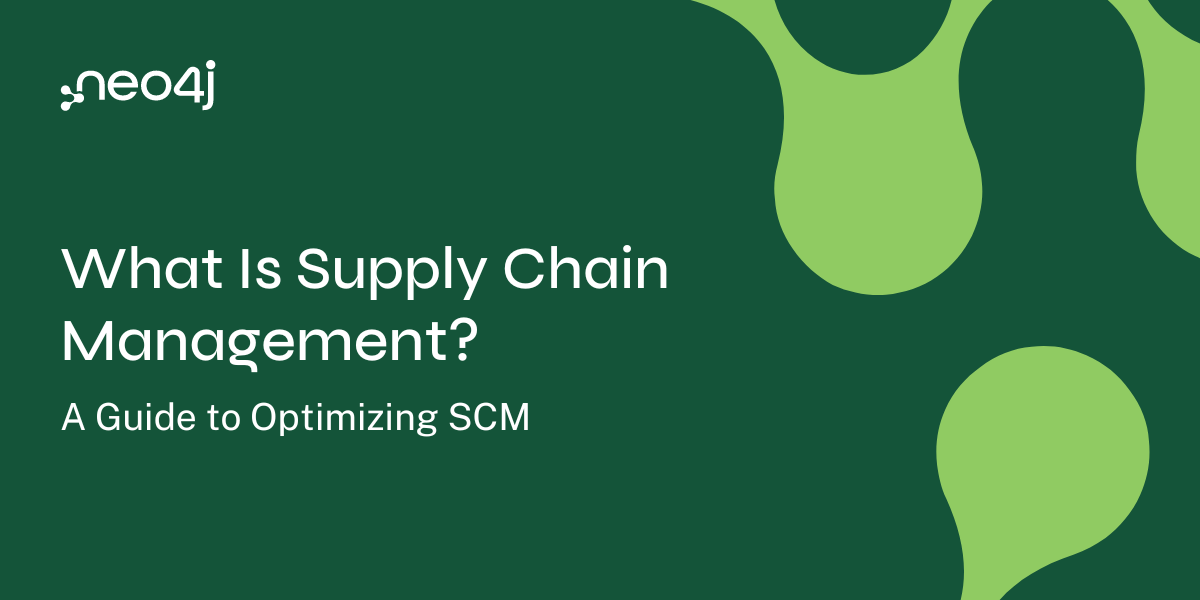Happy New Year! In this special edition of our weekly newsletter, we take a look at some of the best articles from 2022, including several deep dives into use cases. And you’ll find links to the GraphAcademy courses new in 2022. In addition, 2022 was a year with many exciting product releases:
Your feedback is extremely important to us. It’s how we are making our products better and keep innovating for the greater good of the community. We are currently running two different surveys:
- If you’re using JSON data, please share your opinion in this survey.
- If you’re a developer building modern applications with GraphQL, please take this two-minute survey.
Enjoy!
Yolande
There were many new courses added to GraphAcademy in 2022 and more are being added all the time. Check it out to see if a specific learning path – such as data science or development – is right for you. Or take specific courses to improve your skills in a more self-directed way.
Zach Blumenfeld, Data Science Product Specialist at Neo4j, explores how Neo4j and graph data science can model the rich, interconnected nature of supply chain data. Part 1 is about getting started with Neo4j Graph Data Science and Bloom; part 2 is about creating informative metrics and analyzing performance in Python; and part 3 is Pathfinding, Optimization, and What-If Scenarios.
Tom Nijhof, biomedical engineer, describes in a series of articles how to create a knowledge graph of chemical compounds and their synonyms. He goes on to explain how to populate it with NCI-60 measurements identifying and characterizing novel compounds with growth inhibition or killing of tumor cell lines.
Tomaz Bratanic, Freelance Data Analyst and Engineer, demonstrates the use of graph algorithms in Neo4j Graph Data Science to increase the accuracy of a machine learning model. Follow along with the code examples using the Neo4j Desktop application and an anonymized dataset from a P2P payment platform.
Journeys in Java, Level 8: Add MongoDB to Spring Cloud Config
Follow along in Jennifer Reif’s blog as she converts MongoDB-connected services to use Spring Cloud Config for accessing database credentials, matching the architecture she set up with a Neo4j microservice. This is a multi-step blog detailing an increasingly sophisticated, managed, configuration-savvy system of services.
Sixing Huang demonstrates how to create a graph solution to companion planting – the practice of growing diverse plants in proximity that support each other by nutrient provision, beneficial insect attraction, or pest suppression. He creates a knowledge graph from the available table-based information to gain new insights into the data.
.
Chintan Desai shares an example of a Neo4j-based Microservice (Web API). The approach can be used for other types of applications with out-of-the-box dependency injection (DI) and service provider features from .NET Core.



